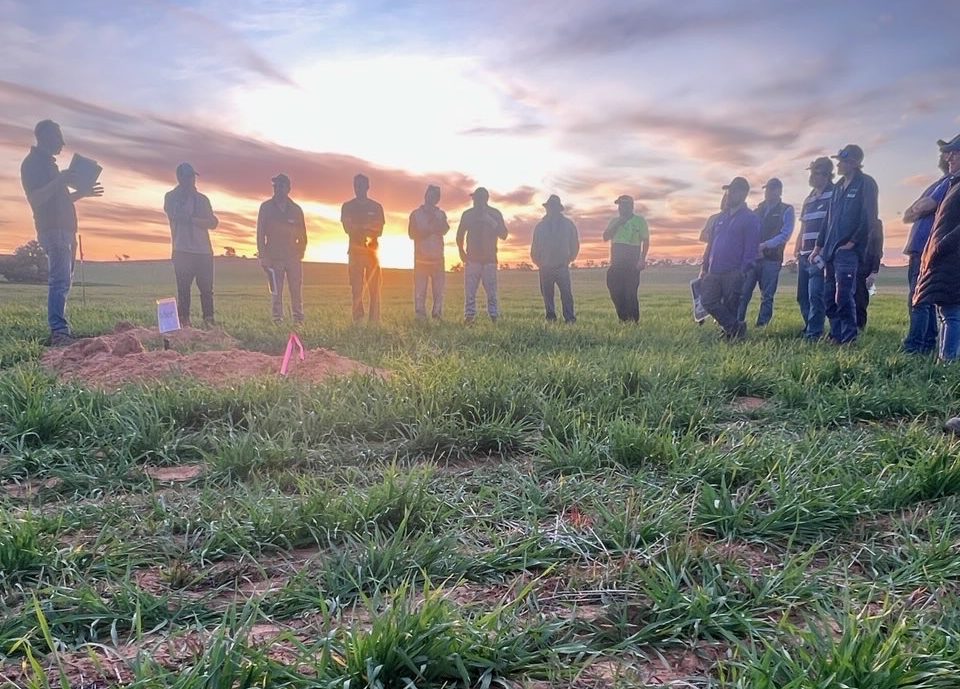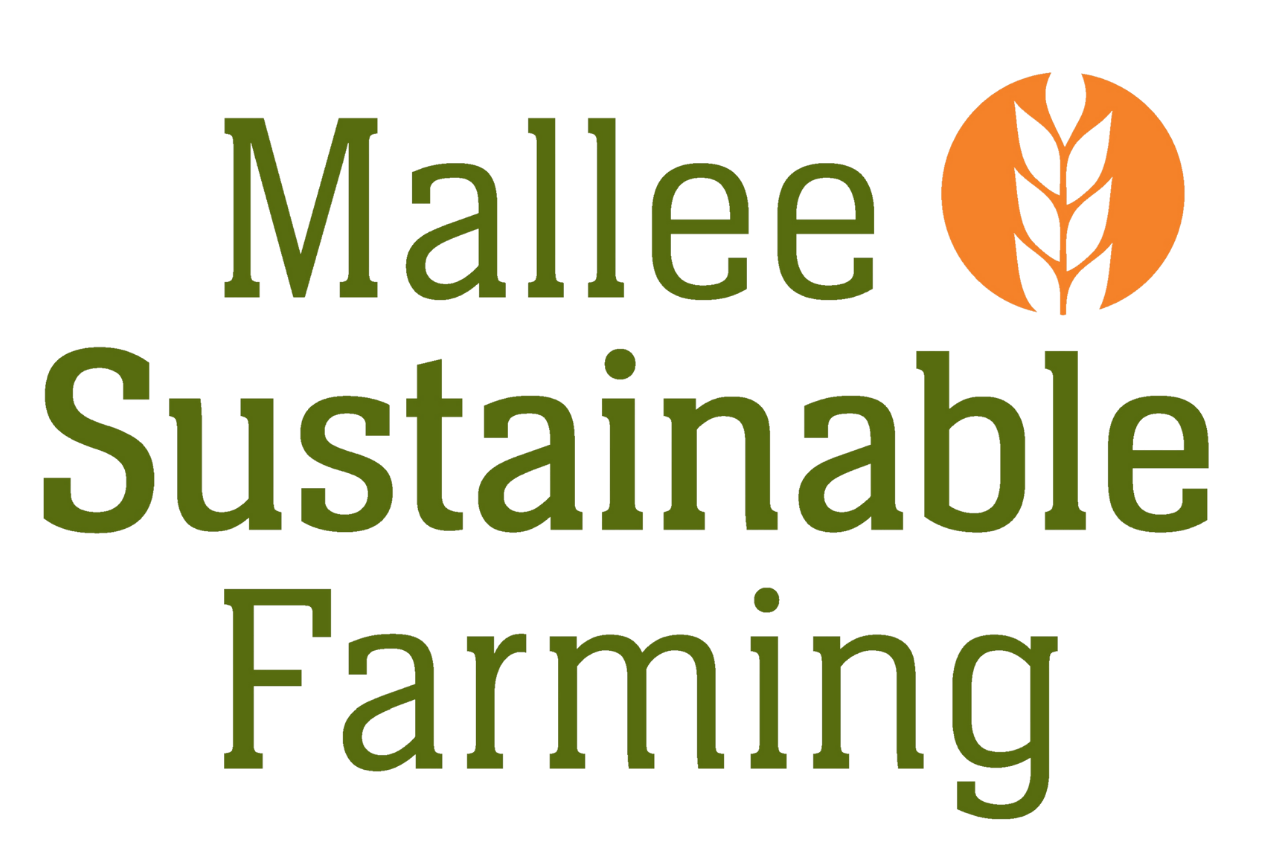
Soil carbon is a hot topic in agriculture, but what does it really mean for farmers in low-rainfall areas like the SW NSW Mallee? Our recent webinar, hosted by Mallee Sustainable Farming and the Soil CRC, took a close look at what soil carbon looks like in our Mallee region, and what goals we should have in managing it.
Our expert panel featured insights from Dr. Karl Anderson of NSW Department of Primary Industries, Dr. Amanda Schapel from SA Department of Primary Industries and Regions, and MSF’s Nick Paltridge, who facilitated the session. Here are some key themes from the webinar:
- Soil Organic Carbon (SOC) is naturally low in Mallee soils
SOC is critical for soil health, contributing to nutrient cycling, water retention, and overall soil structure. In the SW NSW, there are two main reasons why SOC levels are relatively low (< 1%):
- low rainfall conditions mean less plant growth, so there are less carbon inputs to the system
- soils are generally sandy with minimal clay content, meaning less protection for soil carbon, and its more rapid breakdown.
- Minimise carbon losses!
The first and most realistic goal in carbon management in Mallee soils is actually to minimise carbon loss! When paddocks suffer wind erosion, a lot of what blows away is organic matter. Maintaining as much ground cover as possible within the farming system to reduce erosion losses is one of the most important things a land manager can do – so no-till seeding, and avoiding overgrazing, are two essentials for good carbon management.
- Maximise biomass production
Maximising biomass production is not only profitable, but also improves carbon inputs to the soil – any agronomic strategies that boost crop and pasture production are good for soil carbon too. This can include optimised nutrition (conventional or organic amendments) but also actions like deep ripping to improve rooting depth and liming to manage acidity. In sandy soils, most of the extra biomass is quickly broken down, supplying nutrients to the next crop. Incorporation of clay into soils by delving, deep tillage or clay spreading can boost plant performance as well as the ability of soil to store organic matter.
- Realistic goals for carbon management in the Mallee
While methods have been developed to monitor soil carbon levels in agricultural soils, most registered projects are in higher rainfall zones, on soils with reasonable clay content, and involve perennial pastures and rotational grazing. There is very little evidence that registering soil carbon projects in the Mallee makes economic sense, particularly once the costs of registration, baselining and reporting are taken into account – if anyone knows of a project that is successfully building soil carbon in the Mallee, please let us at MSF know!
On most Mallee farms, optimised soil carbon management is going to be less about soil carbon sequestration, and more about protecting the carbon you’ve got, and maximising biomass production, soil health and nutrient cycling. Maximising yield per unit of input often reduces your emissions intensity (greenhouse gas emissions per kg of product), which is a win for the environment in itself! Additional methods may also be developed that make soil carbon sequestration more feasible in the Mallee in future.
Watch the Webinar for a Deeper Dive
These insights only are only a broad glimpse of the information covered in our webinar. Explore our new Carbon in the Mallee webpage for the full webinar recording and additional resources on carbon management relevant to the Mallee!

Dr Chris McDonough explaining to a group of farmers how soil amelioration leads to more greater biomass production – but not necessarily higher carbon stocks.

Wheat crops on a sandy loam in SW NSW – agronomic strategies that boost biomass production lead to better yields, lower emissions intensities, better ground cover and healthier soils.











